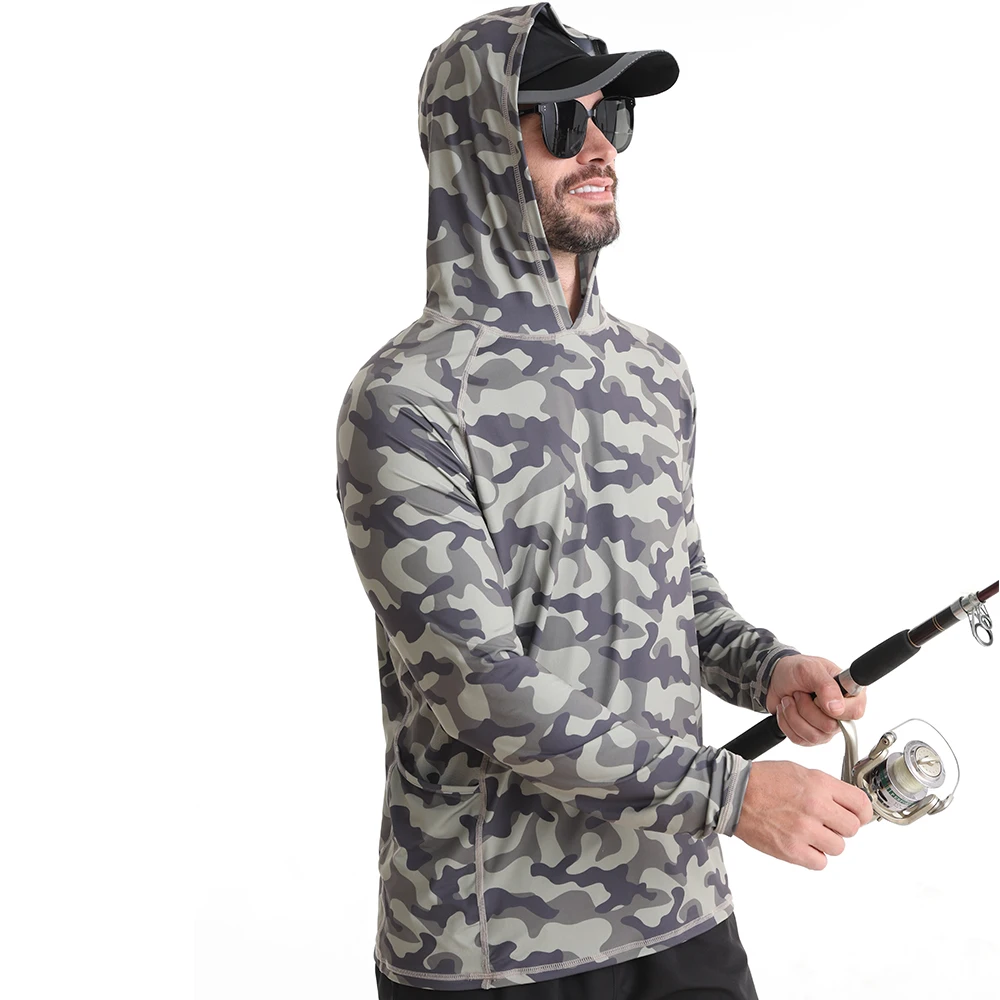about
PRODUCTS
4."How to Choose Yoga Outfits That Enhance Your Performance"
Fabric: The Foundation of Performance
The fabric of your yoga outfit is the most crucial aspect to consider. Different fabrics offer varying degrees of breathability, moisture-wicking capabilities, and stretch. Opting for the wrong material can lead to overheating, chafing, or restricted movement, all detrimental to your practice. Synthetics like polyester and nylon are popular choices due to their ability to wick away sweat, keeping you cool and dry during intense flows. Look for fabrics labeled as "moisture-wicking" or "performance fabrics." These materials often incorporate technologies designed to pull sweat away from your skin, preventing it from sticking and causing discomfort.
Natural fibers like cotton, while comfortable, are not ideal for yoga because they absorb sweat and can become heavy and clingy. This can lead to discomfort and restrict movement. While a blend of cotton and other materials might offer a softer feel, prioritize the performance aspects over pure comfort. Linen, while breathable, can wrinkle easily and may not offer the necessary stretch for certain poses. Therefore, for optimal performance, prioritize synthetics specifically designed for athletic wear.
Consider the climate and intensity of your yoga practice when selecting fabric. For hot yoga or vigorous Vinyasa flows, a lightweight, highly breathable fabric is essential. For gentler practices in cooler environments, a slightly thicker fabric might be more comfortable.
Fit and Functionality: Freedom of Movement
The fit of your yoga clothing is equally important as the fabric. Your clothing should allow for a full range of motion without feeling restrictive. Tight-fitting clothing can hinder movement and cause discomfort during stretches and inversions. Conversely, excessively loose clothing might get in the way, catching on your limbs or restricting your balance.
Consider the types of yoga you practice. For practices like Ashtanga or Power Yoga which involve dynamic movements, leggings or yoga pants that hug the body without restricting movement are ideal. They provide support and prevent the fabric from getting in the way during transitions. For more restorative practices, looser-fitting pants or capri-length pants might be preferred for comfort.
Tops should also allow for free movement of the arms and shoulders. Tank tops or sleeveless shirts are popular choices, but longer tops can provide better coverage and support during forward folds and inversions. Avoid clothing with excessive embellishments or seams that might chafe against the skin.
Style and Aesthetics: Expressing Yourself
While performance is paramount, personal style is also important. Choosing yoga outfits you feel confident and comfortable in can significantly boost your confidence and overall experience. There's a vast array of styles, colors, and patterns available, allowing you to express your personality through your attire. However, remember that aesthetics shouldn't compromise functionality.
Experiment with different styles to find what best suits your preferences and body type. High-waisted leggings provide excellent support and coverage, while cropped leggings offer a more modern look. The same holds true for tops; you can choose from a variety of necklines, sleeve lengths, and styles to find what feels best for you.
Consider the environment where you practice. If you're practicing in a studio, you might choose brighter, more vibrant colors. If you're practicing outdoors, darker colors might be preferable to minimize the visibility of sweat.
Support and Comfort: Addressing Specific Needs
Depending on individual needs, additional considerations might enhance performance and comfort. For instance, individuals with larger busts might benefit from sports bras designed for high-impact activities. These bras provide the necessary support to prevent discomfort and bounce during vigorous poses.
Similarly, those who experience chafing might need to choose seamless garments or apply anti-chafing products. Consider the seams and stitching of your clothing; flat seams minimize friction and discomfort. Properly fitted clothing that doesn't bunch or ride up will further enhance comfort and prevent chafing.
Finally, consider the weather. In colder environments, layers are essential. Base layers made from moisture-wicking fabrics coupled with a lightweight jacket or sweater can maintain body temperature without restricting movement. For warmer climates, lightweight and breathable fabrics are key to staying cool and dry.
Investing in Quality: Long-Term Value
While budget is always a factor, investing in quality yoga outfits offers significant long-term benefits. High-quality fabrics maintain their shape and performance better over time, ensuring that your clothes continue to support your practice. They are more likely to be resistant to fading and pilling, extending their lifespan and providing better value for your money.
Read reviews before purchasing. Online reviews offer valuable insights into the durability, comfort, and performance of different brands and styles. Pay attention to comments regarding the longevity of the fabric, its ability to retain its shape after multiple washes, and overall customer satisfaction. Don't hesitate to try on different brands and styles before purchasing to ensure a perfect fit and feel.
In conclusion, choosing yoga outfits that enhance your performance is a multifaceted process. By carefully considering fabric, fit, style, and individual needs, you can create a wardrobe that supports your practice, allowing you to focus on your breath, your movements, and the journey within. Remember, the right yoga outfit isn't just about looking good; it's about feeling good and performing your best on and off the mat.
SUBSCRIBE
INQUIRY





